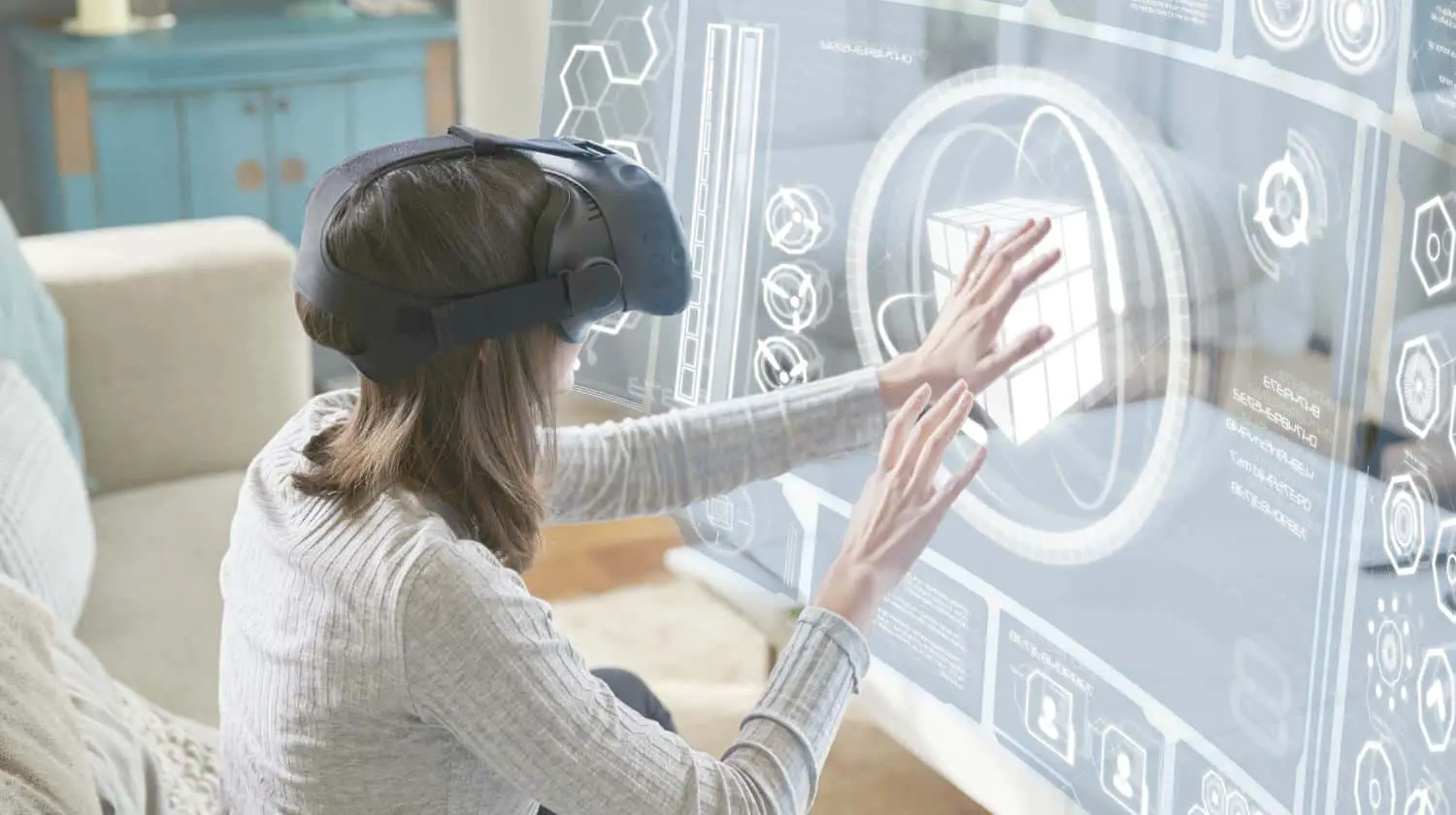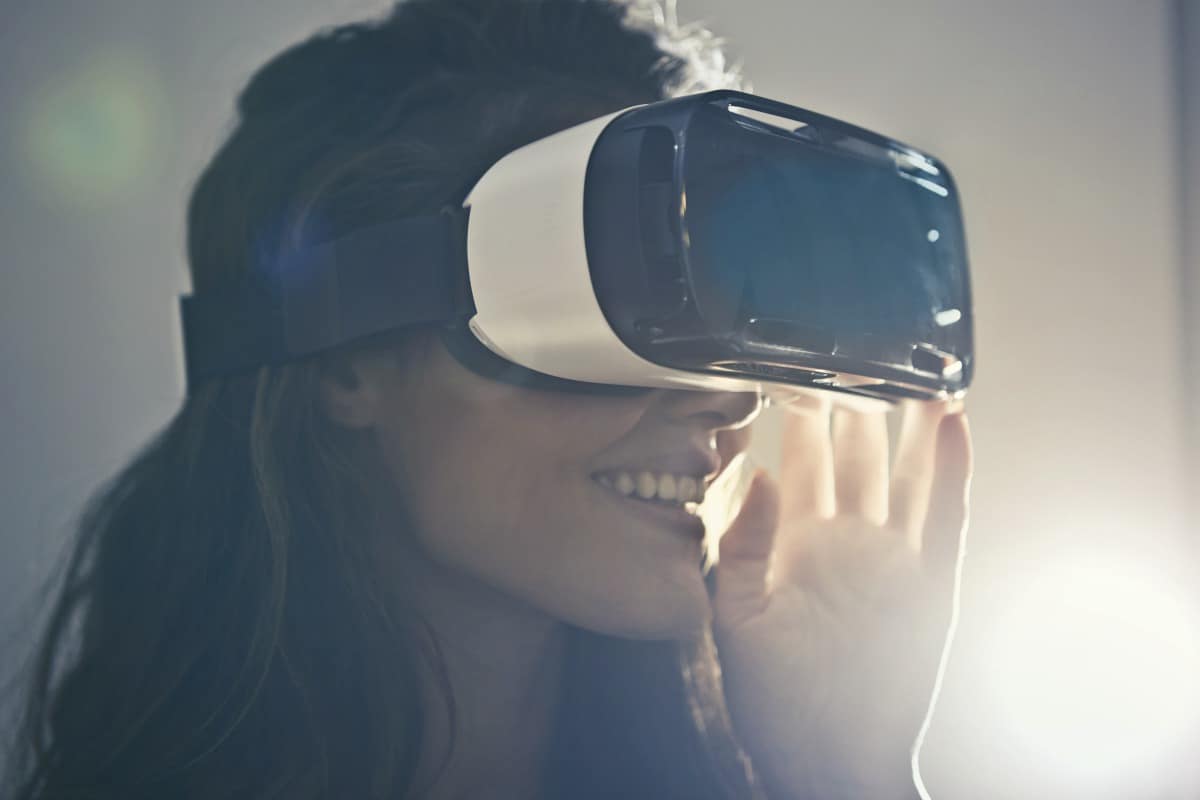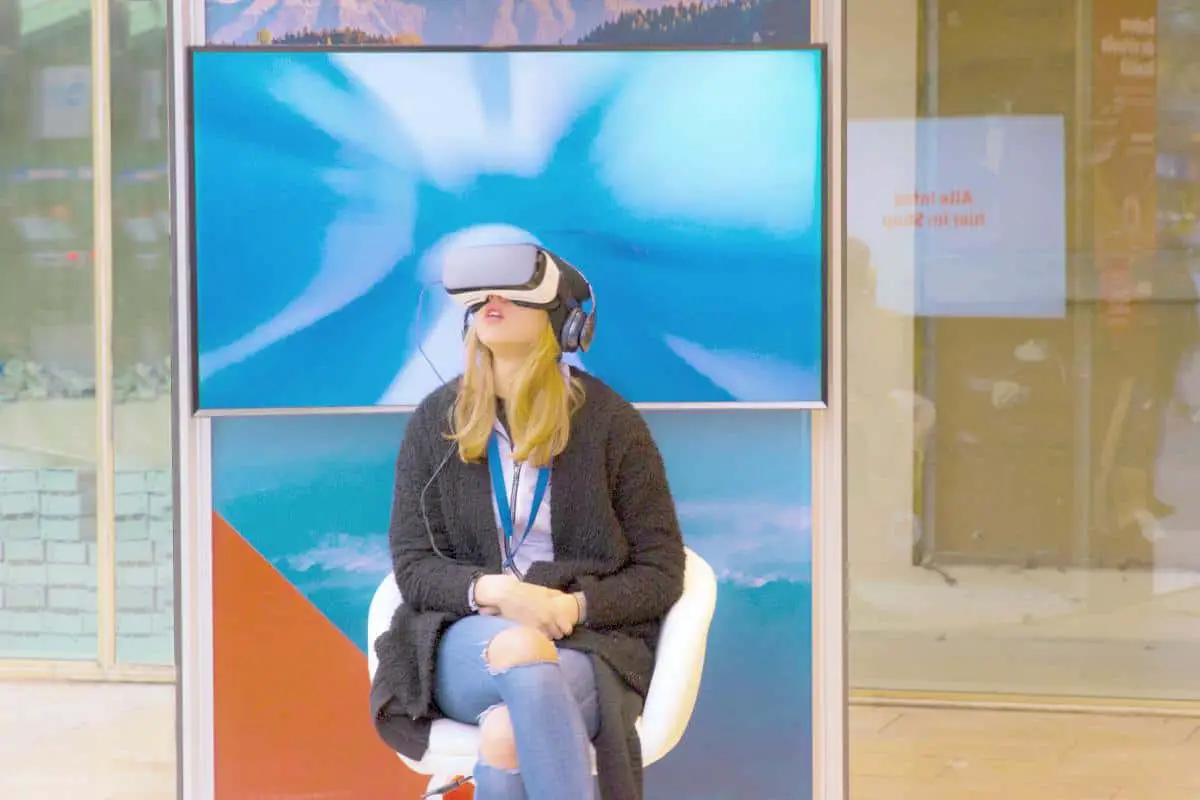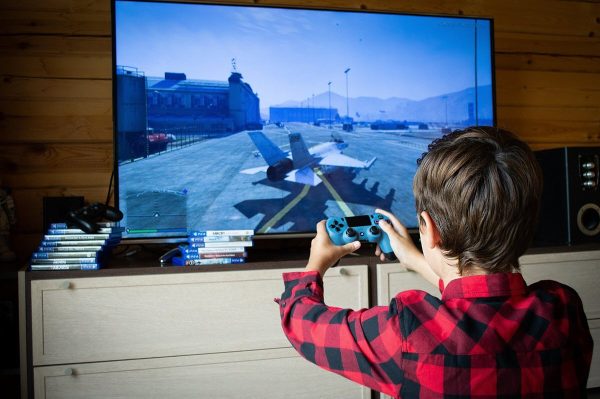What is MR? (Mixed Reality)

What is MR? Mixed reality, or MR, is all about ‘realities’ or ‘worlds’: one that’s physical and natural, the other virtual and created by digital magicians. This article will get you up to speed on these emerging realities that are a far cry from the traditional definition of “reality”. Learn how these technologies are being utilized to improve human life in this post.
What is MR? The Mix-up between Reality and the Imaginary
Which Reality?
During your grandpa’s time, ‘physical reality’ could be sensed, measured, and is governed by physical laws. Everything else that isn’t “Reality,” or tries to mimic it, would be instantly obvious.
But in today’s digital world, every millennial knows that what seems real to the eyes, and even to the mind, may be very different from reality, or may not even exist in physical reality. Digital video editing is a simple example of digital media being manipulated to give all of us more believable entertainment – scenes of flying superheroes, tidal waves, and a gazillion soldiers in battle. However, in reality, they don’t exist and are just the work of video editors and their editing software.
What is MR or Mixed Reality?
What does “MR” stand for? Defined, Mixed Reality is the fusion of your real world, which exists in the physical, and a virtual world that’s created and defined by a team of computer programmers and visual designers. Your real world is one that’s perceivable and where exact laws of nature and science apply.
The virtual world, meanwhile, is quirky. Many times, it’s designed by programmers to mimic some physical laws. For instance, objects will appear bigger as you walk closer to them, and the perspective changes as you move around something. But, on a whim, MR creators could design a world where no laws of reality apply, and where nothing looks vaguely real.
When Was Mixed Reality Invented?

The first known attempt to create a mixed or hybrid reality was in 1962 when filmmaker Morton Heilig invented a virtual reality machine called ‘Sensorama’. He invented a machine that gave users the experience of driving a motorcycle along the streets of Brooklyn via a 3D movie while feeling the wind on their faces and feeling the vibration of the motorcycle as it roars down the road.
Why Was Mixed Reality Created?
Although the purpose of the initial concept was to provide a reality-like entertainment experience, succeeding evolutions of mixed reality research and inventions were for more scientific purposes and often conducted in universities and government research facilities. The next notable MR project was that by MIT Scientist Ivan Sutherland who made the first virtual reality (VR) headset in 1968.
The new technology was developed to gain a better understanding of how our brain perceives things. Its original applications were to help post-traumatic stress disorder (PTSD) patients and as part of cognitive behavior therapy.
What Is the Mixed Reality Continuum?
Mixed Reality isn’t one single, precisely defined, clear-cut phenomenon. Rather, think of it as a continuum – or a scale. Paul Milgram introduced this concept in 1994. On the left side of the continuum, you can find your Real (or Physical) Environment, while on the right side is your Virtual (or Digital) environment. Along the spectrum, you can find these:
- Real World
- Augmented Reality
- Augmented Virtuality
- Virtual Reality
What is Augmented Reality (or AR)?
Augmented Reality (AR) is found on the left side of the MR spectrum. It’s your Physical Reality/Environment enhanced with digital elements or objects. Technically, AR “layers” virtual information or graphics on top of your view of a real-world scene, such as that taken by your phone’s camera.
A simple example of AR would be the camera filters on Facebook Messenger. Using your camera, the app takes your video, then recognizes the shape of a face. It then layers all those enhancements to your face. Another good example of AR is the hugely popular Pokemon GO mobile game.
AR enables users to interact with digital elements, but they can still clearly distinguish what’s real and what’s digitally added to the environment.
What is Augmented Virtuality (AV)?
Augmented Virtuality (AV) is the exact opposite of AR. While the former deals with adding digital elements to the real world, AV aims to add real elements to a virtual world. Google Earth is a good example of a technology that utilizes AV.
What is Virtual Reality (VR)?
Virtual Reality, on the other hand, is more immersive. It aims to provide the user with sensory stimulation at various levels to convince the brain that this synthetic world is, in fact, real. To do this, you would need a virtual reality headset with an opaque display such as the Acer Windows Mixed Reality Headset. Essentially, it’s a device that blocks out the real environment and is the canvas on which the virtual world is created.
How Does the Entertainment Industry Use MR?

In modern times, it was the entertainment and gaming industry that first saw the commercial potential for mixed reality. AR is especially popular in mobile apps – from playful in-call facial photo filters (like Snapchat Face Lenses) or through digital renderings of any place on Earth based on satellite images on Google Earth.
Augmented Reality Games
There are augmented reality (AR) games that make the most of the GPS, camera, and other built-in features of smartphones. Some examples include:
- Pokemon GO
- Temple Treasure Hunt
- Subject One
Virtual Reality Games
Meanwhile, virtual reality (VR) games put players in virtual worlds for a more immersive experience. To fully achieve this, players wear a VR headset. Some VR games include:
- Beat Saber
- Talos Principle
- Robo Recall
Media, Film, and Events
Sports events broadcast in full VR (360-degree view) give audiences the ‘being there’ feeling. Lucasfilm, known for masterpieces such as Star Wars, recently partnered with Magic Leap, which calls itself a cinematic reality company. And together, the duo promise ‘experiential story moments.’
The use of VR for concerts, meanwhile, goes beyond the visual but also incorporates heart-thumping moments — literally. Feedback on the concert audience’s heartbeat and brainwaves add a pseudo-physiological dimension to the music.
How Do Other Industries Use MR?
Medicine
In medicine, 360-degree video recordings of surgeries are used for study while mixed reality is used for surgical training. Pain management is also one area that uses MR — the use of strong sensory stimuli provided by VR can reduce pain by providing a distraction for the brain.
Military and Government
The U.S. Army uses the Dismounted Soldier Training System (DSTS) as a fully immersive virtual reality training system for teams on simulated missions. Meanwhile, NASA has been able to cut millions of dollars in cost by using mixed reality. With VR technology and cheap 3D mockups, they are able to simulate zero-gravity work environments as part of their astronaut training program.
Real Estate
With MR applications, real estate agents can bring the property to the client if the client isn’t available to visit the property. AR can make houses pop out of a magazine page and entire building complexes fit onto a tabletop. Resorts can give a virtual tour of their rooms and facilities, which their prospective guests can enjoy from the comfort of their own homes.
What’s the difference between AR and VR? This video from IMASCONO will help you to easily distinguish between these two types of mixed reality.
What is MR, you may still ask? It may sound like the stuff of science fiction but in reality, different industries are already using it. MR is already providing extremely practical applications to human life. We hope this guide has helped you understand more about Mixed Reality and its uses.
What are the possible uses of MR for your everyday life and work? Let me know your thoughts in the comments section below.
UP NEXT: Would this virtual reality roller coaster induce more excitement out of you… or more vomit?








